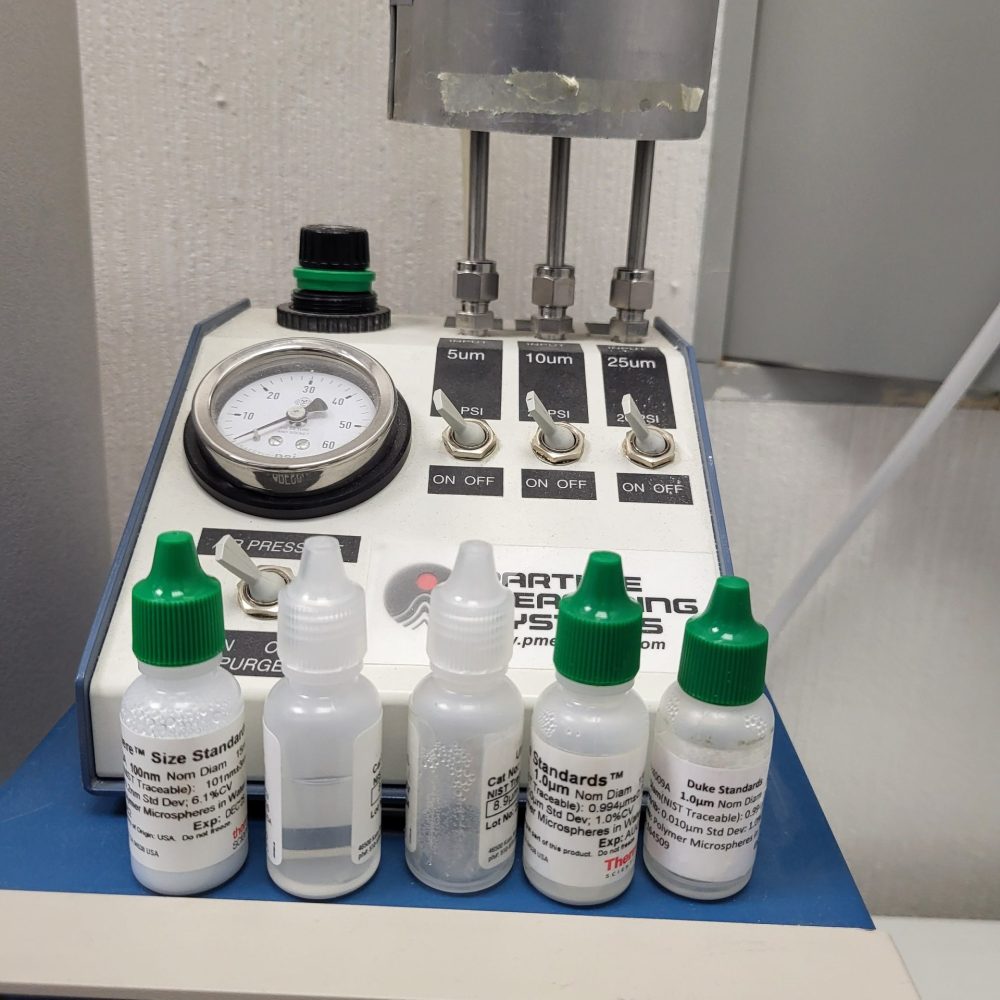
Colloids play a significant role in modifying the properties of pharmaceutical agents, with solubility enhancement being one of the most notable effects. However, the impact of colloidal systems on drug properties extends far beyond just solubility. The transition from traditional drug formulations to colloidal forms can result in substantial changes in various pharmacokinetic and pharmacodynamic properties. These changes can include alterations in drug release profiles, bioavailability, stability, and targeting capabilities.
Benefits of Colloidal Systems
Enhanced Solubility and Bioavailability
- Colloidal systems can significantly increase the solubility of poorly water-soluble drugs, thereby enhancing their bioavailability. This is particularly important for drugs with low inherent solubility, as it can lead to more effective treatments with lower doses.
Controlled Drug Release
- Colloidal formulations can be designed to release drugs in a controlled manner, either through sustained release over time or triggered release in response to specific physiological conditions (e.g., pH, temperature). This can improve therapeutic outcomes and reduce side effects compared to traditional formulations that may release drugs too quickly or unevenly.
Targeted Drug Delivery
- Colloidal particles can be engineered to target specific tissues, cells, or organs, improving the efficacy of the drug and minimizing off-target effects. This targeted delivery is achieved through surface modification of colloidal particles with ligands or antibodies that bind to specific markers on target cells.


Improved Stability
- Drugs encapsulated in colloidal systems, such as nanoparticles or liposomes, can be protected from degradation by enzymes or harsh gastrointestinal conditions, leading to increased stability and shelf life.
Reduced Toxicity
- By enhancing solubility and enabling targeted delivery, colloidal formulations can reduce the required dosage and limit exposure to non-target tissues, potentially reducing the toxicity and side effects associated with the drug.
Altered Pharmacokinetics
- The pharmacokinetic profile of drugs, including their absorption, distribution, metabolism, and excretion (ADME), can be significantly altered in colloidal formulations. This can result in differences in the onset, duration, and intensity of the drug’s therapeutic effect.
Physical and Chemical Properties
- Colloidal formulations can change the physical and chemical properties of a drug, such as its crystalline form, which can further affect its solubility, dissolution rate, and bioavailability.
Colloidal system testing, analysis, and characterization services encompass a range of techniques and methodologies aimed at understanding the properties and behavior of colloidal systems.
Particle Size Analysis: This involves measuring the sizes of particles in a colloid to understand their distribution, which can affect the stability, appearance, and performance of the product. Techniques such as dynamic light scattering (DLS), laser diffraction, and nanoparticle tracking analysis (NTA) are commonly used.
Zeta Potential Measurement: Zeta potential is a key indicator of the stability of colloidal dispersions. It measures the electrical charge on the particles, which can affect how they interact with each other. Electrophoretic light scattering (ELS) is a common method for measuring zeta potential.
Microscopy: Electron microscopy (both scanning and transmission) and atomic force microscopy (AFM) provide detailed images of the colloidal particles at the nanoscale, offering insights into shape, size distribution, and aggregation behavior.
Spectroscopy: Techniques such as UV-Vis spectroscopy and Fourier-transform infrared spectroscopy (FTIR) can be used to characterize the chemical composition and structure of the dispersed phase and the dispersion medium.
The development of a successful pharmaceutical formulation in colloidal systems involves a complex process that includes several critical steps and considerations. Colloidal systems, which include nanoparticles, liposomes, microemulsions, and nanosuspensions, among others, are highly beneficial for improving the solubility, stability, bioavailability, and targeted delivery of drugs.
Please feel free to contact us
Please feel free to contact us for further information on samples, analyses and applicable rates.

Spelling error report
The following text will be sent to our editors: